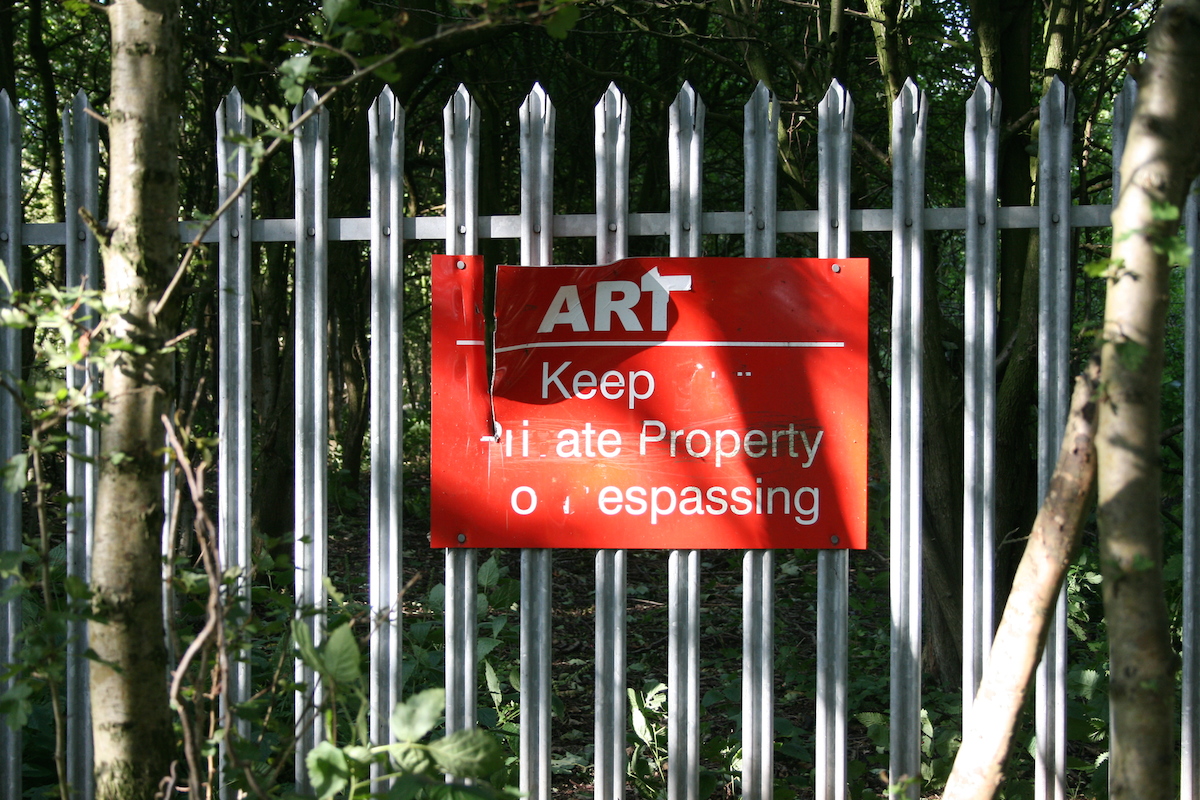Artists & Land
Land has been a subject for artists for centuries. Landscape painting, the depiction or representation of natural scenery such as mountains, valleys, trees, rivers, and forests, has been widely practised.
One of the earliest functions of the pure landscape picture seems to have been to provide evidence of ownership, like an entry in a land register. Much later, Gainsborough’s painting of "Mr&Mrs Andrews" shows two landowners in the land which they own.
In the later 20th century artists started to produce works by working directly in, and with land. Movements included Land Art, Site-specific art, and Environmental art.
More recently, artists have engaged with political and economic issues about land eg Amy Balkin’s "This the Public Domain" project in California; Maria Eichhorn’s "Acquisition of a plot of land in Munster"; N55’s international LAND project; and "The Land" by Kamin Lertchaiprasert and Rirkrit Tiravanija in Thailand.
Artist Patrick Keiller has been making a series of feature-length ‘essay’ films about landscape, place, politics, and economic history in England, including "London" (1994), "Robinson in Space" (1997), and "Robinson in Ruins" (2010). In the project "The Future of Landscape and the Moving Image", he has adopted a research method working collaboratively with two academics, a geographer and a cultural historian.
Art and social engagement
For several decades, many contemporary artists has been working outside galleries and museums in search of a more interactive context and a clearer social role. These artists are not primarily interested in exhibiting in galleries. They do not wish to produce objects for consumption in an art market which is focussed on creating luxury goods for rich people. They are more interested in conducting extended ‘research’ projects in which they engage community participants to address a range of current social, political, environmental, and economic issues.
This type of art practice has been given various labels including ‘new genre public art’, ‘socially engaged practice’, and’ durational public art’. It is a combination of community art, public art, political activism, ethnography, etc. It has been practiced by many artists since the 1970s, but has recently become more fashionable and highly regarded. Some feel that it represents a shift in perspective whose time has come.
A famous early example of this area of art practice was by Mierle Laderman Ukeles, a New York City artist. One of her most well-known projects Touch Sanitation (1970–1980), involved shaking hands with more than 8,500 workers in the New York City Department of Sanitation while saying "Thank you for keeping New York City alive." It is an example of her commitment to combining art with everyday life in order to bring together seemingly unconnected pieces of a community.
In the current situation of economic crisis and resultant public funding cuts across Europe, many cultural institutions are reconsidering their role in society. A notable project on art and public benefit is L'Internationale, a new consortium of six major European museums, which has been awarded a grant of 2.5million Euros by the European Union for a five year project “The Uses of Art - The Legacy of 1848 and 1989”. Some visual art organisations have moved away from a gallery-based model to an approach that is about being embedded in communities and becoming active in shaping the wider world around them.
There is increasing debate about the role and ‘usefulness’ of art. In a rich society with full employment it was acceptable to create artworks as useless luxury objects which could be bought by the super-wealthy and admired by the rest, but in a society of ‘austerity’ this may no longer be appropriate. It has been acceptable for art to be slightly removed from mainstream society, and to deliver primarily to the financially better off sections of society, while simultaneously being supported by public funds. This position may now be questionable, and is increasingly being debated
There is much discussion on what art is to be, with many people regarding ‘contemporary art’ as having reached a dead end. Many artists and curators are seeking a redefinition of the space of art beyond what was both a product of, and propaganda for, neoliberal capitalism. The current seismic shifts in society, and the economic crisis, may require a new form of art.




